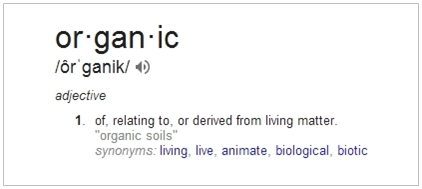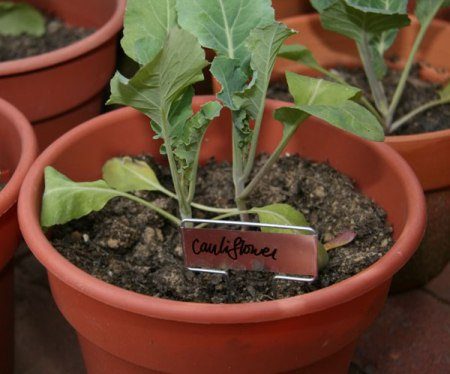Growing your own food in containers provides the solution to a lot of situations. No matter where you live, containers allow you to grow on a balcony, have safer produce when you’re dealing with contaminated urban soils, as well as making an indoor garden possible. However, the stuff you put in the container to house your plant’s roots has a great deal to do with your success and food quality. The most efficient container-grown fruits, vegetables and herbs have more to work with than standard potting mix can provide. In short, organic potting mix is better.
Yes, organic potting mixes are higher priced than that other stuff. Hamburger is always cheaper than steak too, because its made from less desirable pieces, and the best priced hamburger has lots of added fat. You think that potting media manufacturers don’t know these tricks? You only get what you pay for, and even then – pay close attention to what the product packaging says. Just because it says organic, doesn’t necessarily mean that it is. Buy no potting mix that doesn’t have the OMRI-Listed logo on the bag. There’s a really good reason for this.

Notice the true definition of organic says “living” and “live”? Peat moss and bark is dead matter, even though it is natural material that unless added to the bag or used during processing, should contain no chemicals. One important point at a time, we’ll worry about chemicals next. First, you need to understand that soil – where you would normally grow fruits and vegetables – is not an inert material. Soil is alive. It is teeming with live microscopic organisms, so many in fact, that science has yet to discover them all. Each of them plays a vital role in the development and production of plants.
Regular potting mix has no living components. It is all dead, inanimate, inert or chemical ingredients. Some of them have started incorporating manures, which is a start in the right direction. However, dead biological matter absorbs nitrogen to increase the decomposition process – which isn’t helping your plants at all without the rest of the food soil web available to them.
 Quality organic potting mix is best. You want a brand that is certified by the OMRI to bring your indoor food garden much closer to the important tools and assistants they get from real soil. Yes, it has composted or dead matter in it, but is not made primarily from peat and bark. There is big difference, and your plants will definitely perform differently too, because organic potting mix is alive with microorganisms. Incidentally, coir-based potting mixes are by far superior to those that are mostly peat. It lasts far longer, doesn’t steal nutrients from your fruits and veggies, and is just incredibly more efficient in a multitude of ways.
Quality organic potting mix is best. You want a brand that is certified by the OMRI to bring your indoor food garden much closer to the important tools and assistants they get from real soil. Yes, it has composted or dead matter in it, but is not made primarily from peat and bark. There is big difference, and your plants will definitely perform differently too, because organic potting mix is alive with microorganisms. Incidentally, coir-based potting mixes are by far superior to those that are mostly peat. It lasts far longer, doesn’t steal nutrients from your fruits and veggies, and is just incredibly more efficient in a multitude of ways.
Moisture retention is hugely improved with real organic potting mix, and drainage is also superior. Cheap organic mixes that aren’t OMRI-Listed have either polymer wetting agents (plastic isn’t biological, let alone organic), or they will have loads of wood fiber to help retain moisture. By the way, peat and wood fiber, or bark in potting mixes sheds water instead of absorbing it when it reaches the point of 30% moisture content. This is why it is so hard to replace the moisture when your pots get too dry.
Now, you can get some life going in a standard potting mix by adding worm castings to the blend before planting, but you have to be careful. If you add too much the drainage is reduced, and overly moist root problems will set in. There is also the option of buying living compost tea to counteract the dead with some living organisms, but they are short lived and this can get expensive. In short, your pocketbook and your plants will be farther ahead if you just use an excellent quality certified organic potting mix in the first place.
Try Foxfarm Ocean Forest Potting Mix. Don’t order it online. Find the nearest hydroponic shop and make your purchase there, because it will be less expensive every time. You can also check around at better garden centers and nurseries for Ocean Forest. If you can’t find it, check the OMRI list for other options: USA & Canada